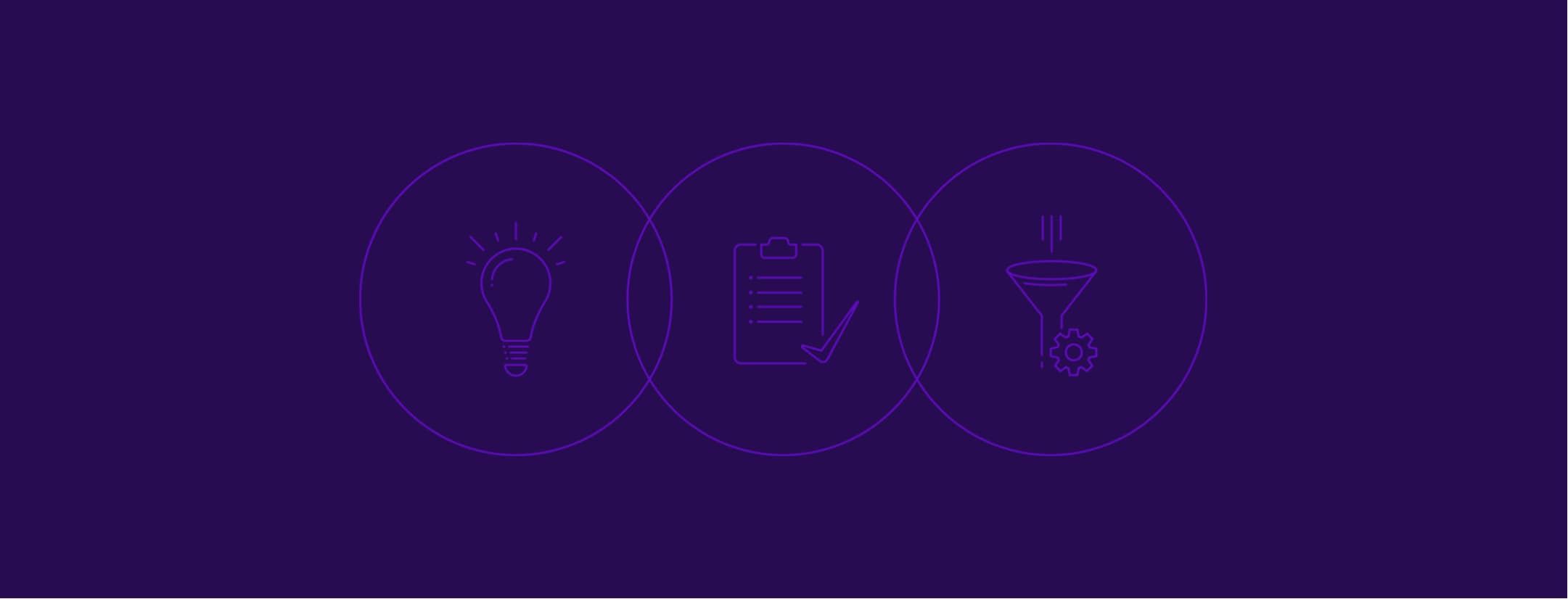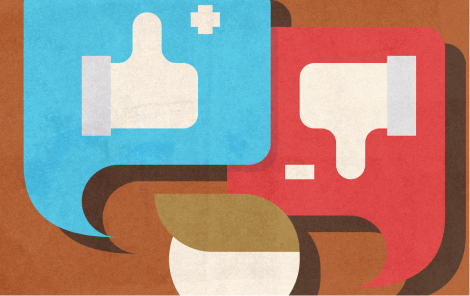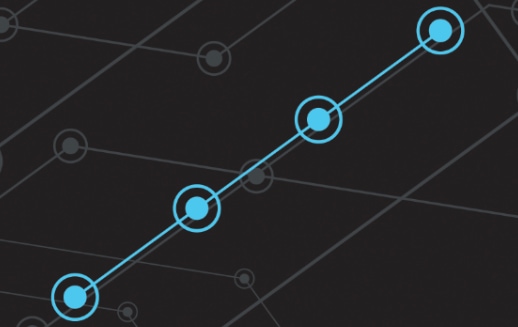
The Art of Iteration
Coming up with a big idea is one tiny piece of a much bigger, creative puzzle to solve.
Assumptions surround us, all the time. The speed at which most of us move throughout our days, and the way we process things, makes it easy to understand why. Do we really have time for one more thing to think about?
We juggle calendars and to-do lists chock full of activity and meetings, due dates, reminders, and more—and all of these smaller things build upon one another, weighing workdays down and leaving little time for much else. All of this frenetic activity might make most days feel like a giant game of whack-a-mole, but we have more power to influence change than we think. All it requires is a single step backwards—the first step in thinking proactively, rather than reactively.
Let’s take a moment to dissect what making an assumption means. Simply put, an assumption is, “a thing that is accepted as true or as certain to happen, without proof.” Given this definition, it’s easy to see how making assumptions can lead to problematic circumstances and situations; however, it’s not always as black and white as this may seem. What if a co-worker appears to be having a bad day? They might really appreciate someone asking, “Are you ok?” In this light, making an assumption could be a very positive thing.
By pausing to analyze what an assumption means, however, we’re proving our point of proactivity. Not every situation is the same, and individual perception is just one side of the story. It’s also having empathy for how others might experience things. This kind of thinking fuels a process we like to call the art of iteration—ideating, testing, and refining ideas we have with others. These are ideas that we may have assumed were perfect or too good to fail.
At Emerge Interactive, we employ this process to tackle assumptions head on and work through a diverse set of challenges that users face through a robust toolkit of stakeholder interviews, rapid prototyping, user testing, and more. We don’t assume to know everything, or anything — until it is proven through our research. It’s this simple ethos that enables us to learn, grow, and evolve each digital experience we create.
In the spirit of broadening our skills and learning from the community — the creative team at Emerge embarked on a month-long four class offering by +Acumen and Ideo.org, entitled Design Kit: The Course for Human-Centered Design. At the same time, we also read Sprint: How to Solve Big Problems and Test New Ideas in Just Five Days by Jake Knapp, John Zeratsky & Braden Kowitz of Google Ventures. Human-Centered Design is not a new topic, but every organization has a different process surrounding it. If you’ve ever used Google Hangouts, you know of the work Google Ventures has produced. It was rapidly developed in a short period of time by embracing quick prototyping and user testing.

Through four working sessions, the creative team at Emerge iteratively prototyped and tested a mobile application concept built around reducing food waste and sharing food resources, to see how real-life users would react to both the concept and overall app.
The key to both the course and reading was a common underlying component—abandoning all preconceptions and embracing a hands-on and collaborative approach to problem-solving. Knowing you’re probably going to fail a few times along the way is part of it too. By understanding that we’re all inherently human (after all, to err is human), we can take a more empathetic approach and apply it to the aforementioned core creative process Emerge, in particular, employs. Here are a few things we learned and how we’re applying it to our own evolving process:

Ideation:
» Small groups of seven or fewer individuals keep ideation sessions focused, yet flexible.
- Taking time to combine ideas together, but independently, and then paring through them works better than a free-for-all session.
- The goal is to exhaust all ideas and go for quantity over quality. This allows all team members to express their ideas without hesitation or refrain. There are ZERO wrong answers in the ideation phase.
- Together, the team will group similar ideas into clusters and agree on a hierarchy of importance from those clusters.
- This process gives each member an equal voice. The goal here is to work together to identify the common goal of the project. Having everyone involved will provide a sense of ownership for each member on the collective whole.
» Groups involving individuals with varying skill-sets and perspectives is valuable to understanding differing perspectives and experiences.
» Each group should include one of the following:
- Decider — The person who makes executive decisions, like a CEO (either of the company or “a particular project”). It is important that the Decider is able to make executive decisions based on predetermined criteria such as budget, timeline, etc. but also remain open to new ideas from the team.
- Facilitator — An unbiased person who keeps things moving within meetings and creates accountability. The facilitator keeps everyone on track. It is important that they allow for ideation funnels to occur but are always aware of rabbit holes.
- Diverse audience of subject matter experts – Various disciplines or perspectives allow for further examination and thought throughout a project. Is a particular project going to touch sales? Invite someone from sales to sit in, and so on.
Testing
- Prototypes can be made of anything, and with any material — cardboard, pipe cleaners, clay, and so on. The goal is to represent an idea and gather feedback quickly.
- Pick materials based on what makes sense. A cardboard iPhone with paper screens helps keep users focused on overall intent vs. being distracted by too many competing (or too realistic) elements.
- The goal of early-on testing is to quickly concept or build an idea so you can quickly get opinions and reactions, and refine them. It doesn’t make sense to design a series of screens right off that may take several days to be pixel perfect when you can create a rough mock-up and get user reactions in a few hours. Remember, the goal is to convey an idea, get it out in the world, use it, and keep learning.
- Failure is an inherent part of the process, so it’s OK to fail fast and fail often.
- Iterate on any failures; instead of working in a silo, get your product into the world and let users be your guides.
Refinement
» Applying feedback from user testing in the creative process is paramount to making experiences better for all human users.
- From a UX perspective — a refined pathway to critical information creates an environment where users have access to what they need without having to experience frustration in the process.
- From a UI perspective — visual elements are critical in forming an experience that users understand intuitively, and in many cases can directly or indirectly create “moments of delight.”
At Emerge, this is what we’re all about—ideating and building digital experiences for a human audience from design to development that removes frustration, embraces an implied simplicity (even if the subject matter is inherently complex), and always seeks to create “moments of delight.” By exploring how we make user interactions better from both a UI and UX perspective, we’re helping make the world better—one digital experience at a time.

